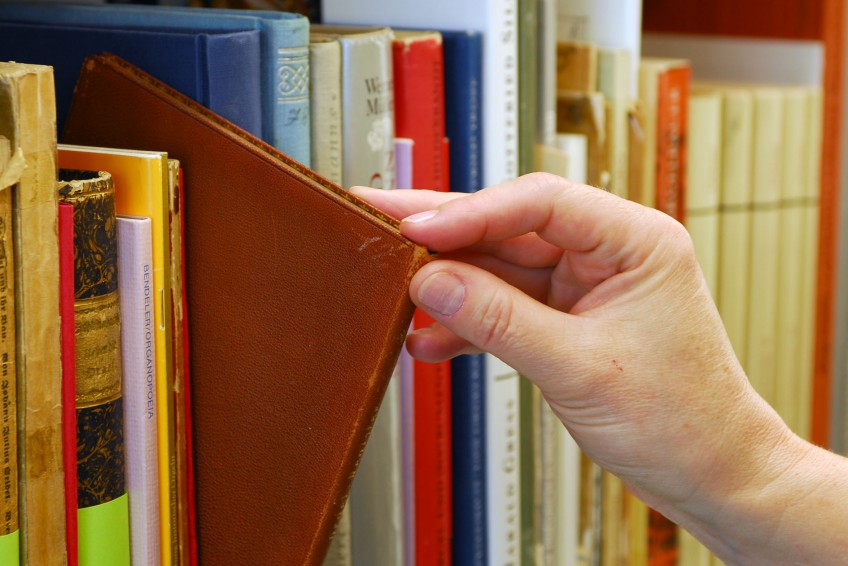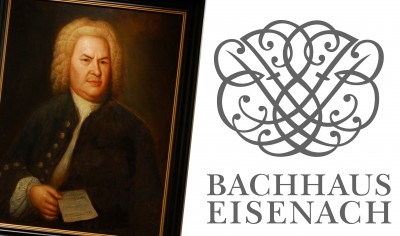
Library and archive
The Bachhaus houses a reference library consisting of approx. 5,500 volumes containing literature on Bach and his time, instrument design, practical and theoretical sheet music and general literature on music. The library is open during general opening times by appointment. The collection can be accessed via an OPAC.
In 1907, the Neue Bachgesellschaft tasked the Bachhaus with “collecting and preserving everything relating to Johann Sebastian Bach and his lifeʼs work”. Today, the archive held by the Bachhaus includes around 1000 pieces of sheet music, 9000 drawings, 300 manuscripts, numerous household items from the Baroque era and over 1500 recordings. In addition to the objects that are displayed and the instrument collection, the collection also contains the following items:
- Three autograph manuscripts from Johann Sebastian Bach plus others from Wilhelm Friedemann Bach and Johann Christoph Bach, the first editions of “The Art of Fugue” (BWV 1080) and “The Musical Offering” (BWV 1079, Fascicle A), plus many first and early editions of sheet music up to 1850.
- The only preserved libretti of the missing cantatas BWV App. 8 and 14, the exercise books of Wilhelm Friedemann Bach and Source C of Bachʼs lost “Genealogy of the musical Bach family”.
- The almost complete collection of the titles forming part of Bachʼs “theological library”, numerous church hymnals from Bachʼs environment, such as the Eisenach Hymnal of 1673, the Weissenfels Hymnal of 1714, the Leipzig Hymnal of Gottfried Vopelius dated 1682 and the Dresden Hymnal of 1707.
- From the 19th century, the choir performance materials of the St Matthew Passion used by Felix Mendelssohn Bartholdy in the Berlin Sing-Akademie in 1829, plus the manuscript of the Bach biography by Philipp Spitta (1873) and correspondence between eminent 19th century Bach researchers such as Carl Hermann Bitter, Count Paul Waldersee and Wilhelm Rust.
- Iconographically, in addition to the paintings shown in the exhibition, the following items stand out: an almost complete collection of Bach portrait prints dating from 1774 into the second half of the 19th century, the collection of silhouettes of the Ohrdruf Bach family, the documents relating to the excavation of Bachʼs bones at the end of 1894 including the casts of the skull by Wilhelm His and Carl Seffner.
The main points of the collection today are therefore:
- Baroque musical instruments
- Bach iconography
- First and early editions of sheet music
- Contemporary Lutheran theology in the time of Bach
- Bach biographies and reception in the 19th century
Some of the approx. 158 vocal parts from which the choir of the Berlin Sing-Akademie sang in 1829, when Felix Mendelssohn Bartholdy revived the St Matthew Passion there for the first time after Bach's death. Photo: Bachhaus Eisenach; photo at top: André Nestler.
